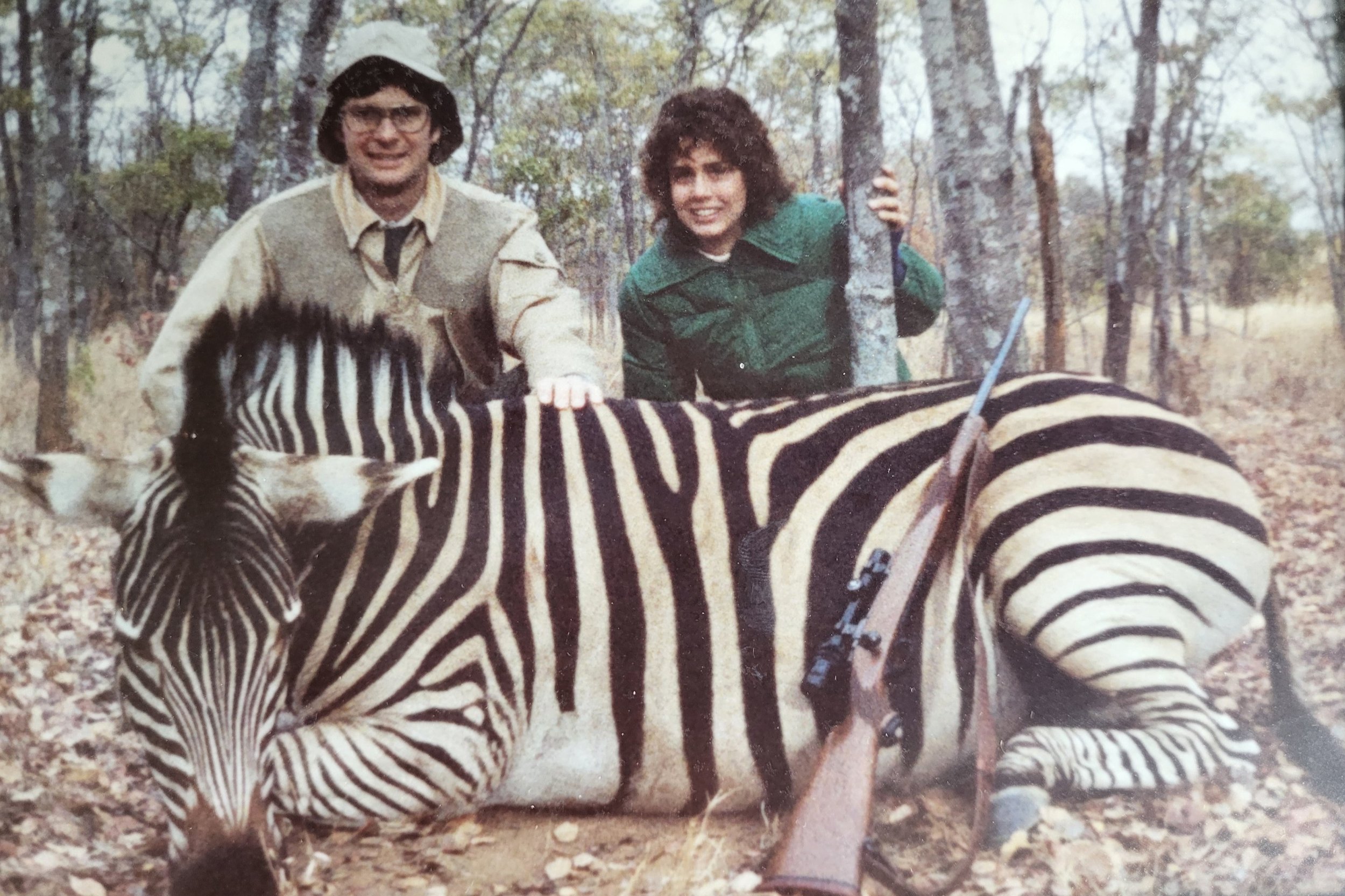Bag More Ringneck Pheasants: 10 Tips
Ringneck pheasants are easier to bag if you watch their reaction to your shot.
Rooster ringneck pheasants are notoriously durable. They’ll absorb hits that would terminate any other upland bird. Knocking one down is no guarantee you’ll enjoy the thump of its weight in your game bag. If you want to retrieve more of the roosters you knock from the sky, follow these tips. I’ll guarantee you’ll shove more ringneck pheasants in your game bag.
Shoot one bird at a time. Resist the urge to double or triple.
2. Watch the bird’s reaction to the shot. Did you hang a leg, break a wing or crush the bird? Birds that go down with their heads up may only be winged. Birds that tower could be heart shot. Birds that seem to flinch slightly but keep flying strong may have been lung shot. Continue watching until they’re out of sight. They’ll often crash after flying several hundred yards. Head-shot birds sometimes tower, spin or tumble while flapping wildly. Get to those quickly because they can recover sufficiently to run or fly off.3. Mark the fall. Ideally, glue your eye on the spot and keep it there as you race over. Once there, set your cap on the spot for a reference point.4. Run to fallen ringneck pheasants. Sorry for the redundancy, but this is important. The sooner you get there, the better your chances of capturing your potential dinner partner. Open your gun’s action for safety, but then run or jog as quickly as you can to the spot of the fall. This gets you onto the birds sooner, often before they can recover their wits and race or crawl off. Sometimes you can get a finishing shot into them. Sometimes you’ll see or hear them burrowing into dense cover.5. Get a retriever! And train it to a fair-thee-well. Hunters of ringneck pheasants have no better partner than a great retriever. This should be your second line of offense right after your shotgun. It's pretty simple: Retrievers round up more ringneck pheasants.6. Give yourself and your dog time. If the dog is working, stand still, shut up and let it do its job. Don’t muck up the scent trail and crush the cover. If Dog runs off, let him. He could be scent trailing a running bird. He’ll need all the speed he can muster. You stay by the fall in case he’s on a false trail. (Such as a fresh, live bird. I’ve more than once seen a healthy bird flush from quite near the spot where a crippled one fell.) Once Dog returns, you’ll be in the right spot to start a fresh search. And as you stand quietly, you might hear the rustles of the crippled bird. If Dog’s search uncovers nothing, don’t be afraid to return to the area an hour or more later for a second search. My lab, Teal, once found a winged rooster under some grass right where she’d failed to detect it two hours earlier.7. If you don’t have a dog and don’t see or hear the bird soon after reaching its fall, look for feathers, crushed vegetation, blood and other signs. Snow makes this much easier, of course. Follow any sign if possible. Otherwise, consider the direction of the fall and look along that line. Often ringneck pheasants fall dead beyond where we think they hit. Sometimes they’ll roll downhill. Sometimes they’ll flap or crawl a short distance. 8. Check the holes. Yup. Winged roosters will crawl into burrows, under tangles, and into culverts. One of our labs once dug a rooster out of an old muskrat hut. 9. Circle. With your orange cap marking the fall, begin circling out from that spot, searching diligently in all hiding places. Many hard hit birds retain enough life to run or crawl several yards before expiring. 10. Be careful when finishing any birds on the ground. Pellets can ricochet. Make sure no dogs or hunters are in line of fire — and that’s a pretty wide line.
You may have additional tricks for recovering more ringneck pheasants. Please share them in the comment section because we all want to bag more ringnecks, particularly those we’ve already hit.
Born and raised in the Pheasant Capital of the World, author Ron Spomer has been working hard to invite his favorite upland bird to family meals for 50 seasons.














